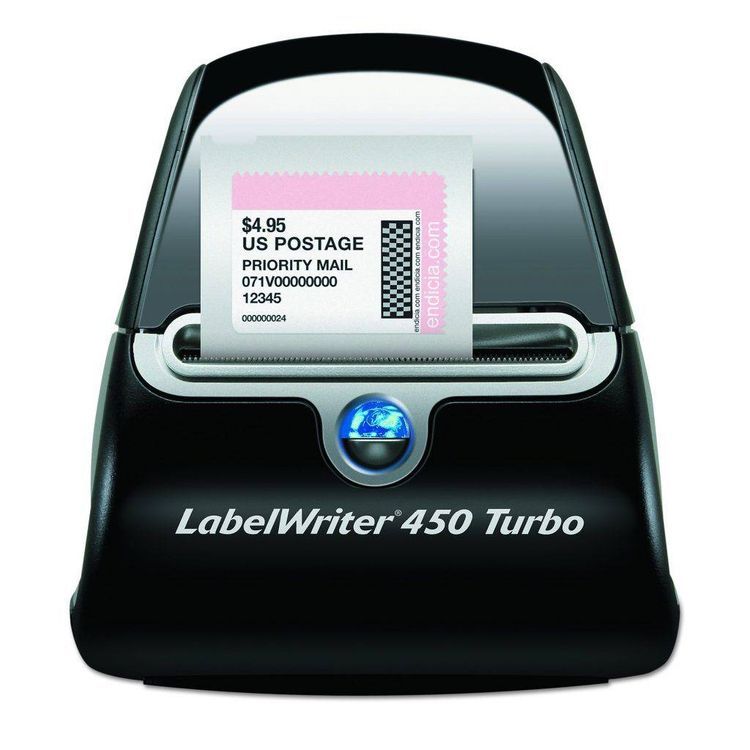Dec 192017
| Very simple label-maker for diskette labels. Very small, but does incredibly nice work. Includes BASIC source code, along with design tips for creating your own formats. Very good. | |||
|---|---|---|---|
| File Name | File Size | Zip Size | Zip Type |
| LABELS.BAS | 842 | 484 | deflated |
| LABELS.DOC | 1523 | 778 | deflated |
| TPCREAD.ME | 199 | 165 | deflated |
Download File LABELS.ZIP Here
Contents of the LABELS.DOC file
LABELS.BAS written by Paul R. Hart
LABELS.BAS is a short and simple BASIC program designed to print computer
diskette labels to an Epson printer. The program is very simple and very
small but generates fantastic results. Using a modified version of this
program, I have created labels for my 160+ disk collection.
Suggested usage:
There is infinite possibility in using this program, especially if you
know how to program in BASIC. As is, LABELS.BAS uses four lines of text: 3
lines are inputted at print time, and the other is a predefined name and
date line. Feel free to add lines or change typesets of the lines. I use
the first NLQ line as a line for a special classification number (here it
is used as a title) and the name and date (in compressed mode) on the next
line. After that, comes the title in compressed mode with the last line, a
comment line, also in compressed mode. The comment line has a dual function,
it can hold a one-line comment about the disk, the invocation for the program
(i.e. "A>MYPROG") or anything else you may want. As a note to those who are
going to design their own label format: experimentation has shown that on a
label for 5.25" disks the maximums below have held true for the standard
office "envelope addresser" form-feed printer labels:
Maximum characters per line: 48 (compressed type) or 28 (NLQ)
Maximum lines per label: 5 lines (regardless of typeset)
[3-15-90 prh]
LABELS.BAS is a short and simple BASIC program designed to print computer
diskette labels to an Epson printer. The program is very simple and very
small but generates fantastic results. Using a modified version of this
program, I have created labels for my 160+ disk collection.
Suggested usage:
There is infinite possibility in using this program, especially if you
know how to program in BASIC. As is, LABELS.BAS uses four lines of text: 3
lines are inputted at print time, and the other is a predefined name and
date line. Feel free to add lines or change typesets of the lines. I use
the first NLQ line as a line for a special classification number (here it
is used as a title) and the name and date (in compressed mode) on the next
line. After that, comes the title in compressed mode with the last line, a
comment line, also in compressed mode. The comment line has a dual function,
it can hold a one-line comment about the disk, the invocation for the program
(i.e. "A>MYPROG") or anything else you may want. As a note to those who are
going to design their own label format: experimentation has shown that on a
label for 5.25" disks the maximums below have held true for the standard
office "envelope addresser" form-feed printer labels:
Maximum characters per line: 48 (compressed type) or 28 (NLQ)
Maximum lines per label: 5 lines (regardless of typeset)
[3-15-90 prh]
December 19, 2017
Add comments
